
Expired Car Seat Recycling: Where to Take Yours Safely
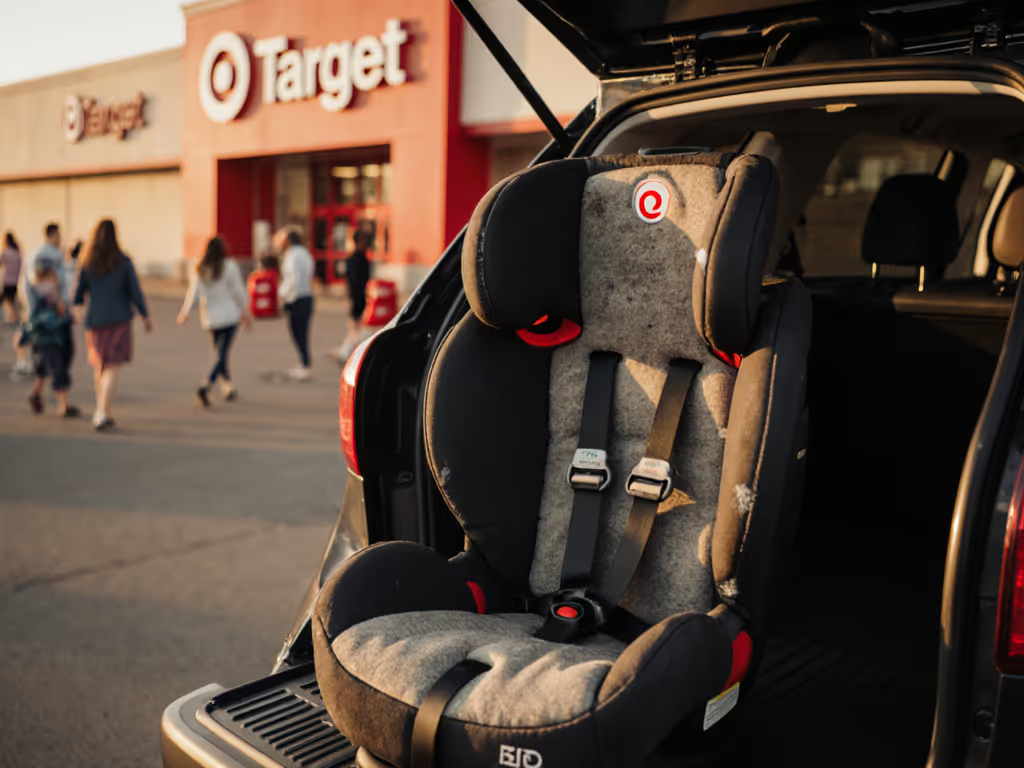
Finding your child has outgrown their car seat or discovered it's past its expiration date creates a unique parenting puzzle. Car seat recycling isn't just an eco-friendly choice, it is a safety imperative when handling expired car seat disposal. As someone who models growth trajectories from infant to booster years, I've seen how understanding a car seat's entire lifecycle, from installation to recycling, completes the safety picture. Longevity lives in harness height, shell depth, and honest geometry, but even the most meticulously engineered seat has a finite service window. Knowing where to responsibly dispose of your expired unit ensures your child's safety legacy continues beyond daily rides.
Why Proper Car Seat Recycling Matters More Than You Think
Most car seats expire 6-10 years from manufacture due to material degradation, evolving safety standards, and wear patterns that compromise protection. Learn how to find and interpret car seat expiration dates before choosing a recycling option. Simply tossing an expired seat in the trash creates multiple risks: curious toddlers might access it for unsafe play, well-intentioned but misinformed families could reuse compromised equipment, and valuable plastics that could be reborn as playground surfaces end up in landfills.
"Years of usable comfort" represent the careful balance between safety margins and material realities.
Industry data shows over 50% of parents aren't aware of car seat expiration dates, while municipal waste facilities report thousands of improperly discarded seats annually. In Knoxville alone, our Public Recycling Drop-Off at 2121 Stephenson Drive processes over 15 tons of specialty recyclables monthly, including materials that would otherwise pollute the Tennessee River watershed. This isn't just about compliance; it's about closing the safety loop for our community's next generation.
Knoxville's Car Seat Recycling Network: Your Local Options
Target's Trade-In Program (Limited Time)
Until October 4th, Target stores across Knoxville host their biannual car seat trade-in event. Bring any expired or damaged car seat (regardless of brand or condition) to receive 20% off a new seat, stroller, or baby gear through Target Circle™. This program responsibly recycles over 1 million pounds of car seat materials annually into raw components for new products. While not a permanent solution, it's an excellent opportunity to upgrade if your seat has reached its service limit.
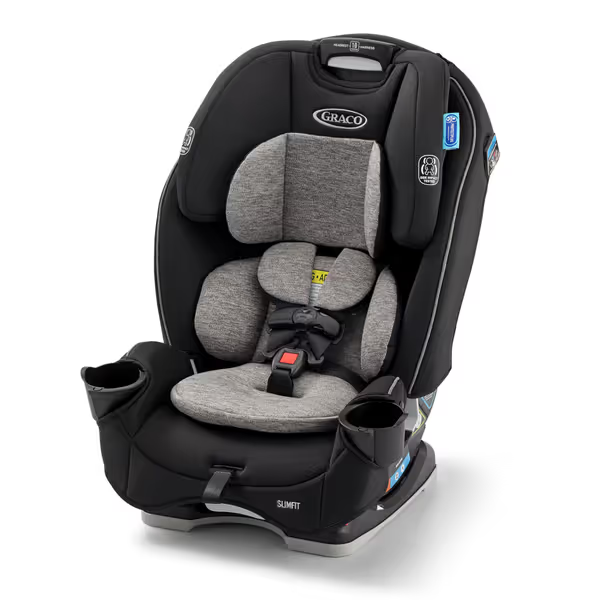
Graco Slimfit 3-in-1 Convertible Car Seat
Compassion Closet's Thoughtful Acceptance
Compassion Closet accepts gently used car seats at three Knoxville-area locations with specific guidelines:
- Campbell County: 1327 E. Central Ave, Suite 5, La Follette (check Facebook for open times)
- Oak Ridge: 303 Oak Ridge Tpke (drop off at BACK door marked "Compassion Closet")
- Farragut (West): 11020 Kingston Pike (behind Farragut Market)
Important: They only accept seats without structural damage, recalls, or visible wear. Before donating, remove all fabric covers and straps, as these components often can't be safely reused but the metal and plastic frames may be repurposed. Contact them with questions about current needs.
Knoxville Police Department Checkpoints
While primarily for safety checks, Knoxville Police Department's Child Safety Seat Checkpoints (advertised seasonally) often provide guidance on local recycling options. Officers frequently partner with TPSC-certified technicians who maintain updated resource lists. These checkpoints serve dual purposes: ensuring your current seat is properly installed while directing you to responsible disposal channels for expired units.
Municipal Recycling Resources
The City of Knoxville's Public Works department maintains a Specialty Recycling and Donations Guide detailing:
- Curbside-restricted items (including car seats)
- Drop-off centers for specialty materials
- Seasonal collection events
For materials beyond standard recycling, UT's Public Drop-Off at 2121 Stephenson Drive (open 8am-7pm Monday-Friday) accepts components like plastic shells and metal frames that can be separated for appropriate processing streams. Aluminum components often get reborn at Arconic in Alcoa, while plastics may become composite lumber through partners like Trex.
Preparing Your Car Seat for Responsible Disposal
Maximize recyclability with these steps before dropping off:
- Remove all soft components: Fabric covers, padding, and harness straps should be bagged separately (many facilities won't accept these)
- Cut harness webbing: Clearly disable the seat by cutting straps into 6-inch pieces to prevent reuse
- Check for metal tags: Remove registration cards but keep manufacture/expiry date info for your records
- Disassemble if possible: Separate metal frames from plastic shells when instructions allow
Keeping records of your disposal method creates a complete safety timeline, valuable information if you're coordinating multiple caregivers across vehicles. This documentation practice mirrors the scenario matrices for multi-vehicle households I recommend for ongoing car seat management.
Selecting Future-Proof Seats to Minimize Waste
When choosing your next car seat, prioritize designs engineered for maximum usable lifespan within safety parameters. Look for:
- Percentile-aware charts showing real-world height limits (not just weight ranges)
- Clear upgrade thresholds marked on the seat itself
- Modular designs allowing replacement of worn components
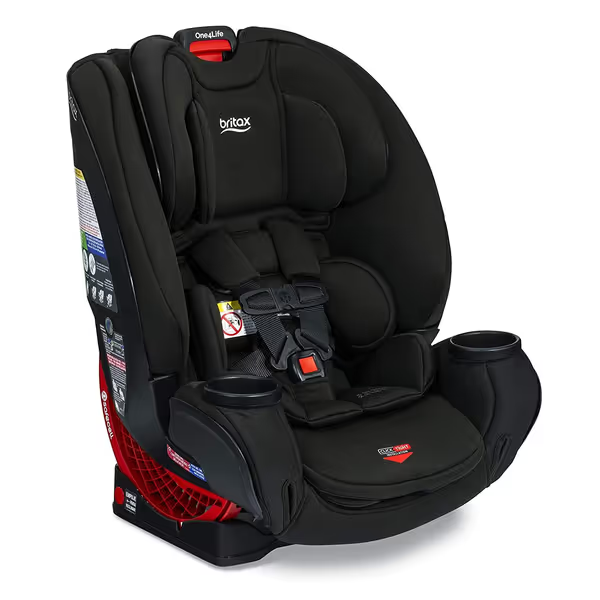
Britax One4Life ClickTight
Convertibles like the Britax One4Life (with its ClickTight installation system) or space-efficient models like the Graco SlimFit 3-in-1 offer extended service through thoughtful geometry, not just marketing claims. These seats maximize "years of usable comfort" by accommodating growth within honest boundaries, delaying the booster transition until your child genuinely needs it. Seats with deeper shells and taller harness heights often provide additional months of safe use compared to compact alternatives that hit dimensional limits prematurely.
Remember this critical planning principle: A seat that lasts until your child reaches actual height limits creates less waste than one marketed for "10 years" but rendered unusable by shallow shell depth or low harness slots. I plotted my nephew's growth trajectory across seat models, and the units with superior geometry consistently provided an extra 8-12 months of safe use, time when premature booster transitions would have compromised safety.
Completing Your Safety Journey
Responsible car seat recycling transforms the end of one safety chapter into the beginning of another. Whether you're clearing space for a new seat, preparing for a second child, or simply maintaining your vehicle's safety ecosystem, Knoxville offers multiple pathways for environmentally friendly car seat disposal.
As you evaluate your options, consider how today's recycling choice fits into your family's long-range safety plan. The best car seat take-back programs recognize that proper disposal isn't an afterthought, it is the final, essential component of child passenger safety. For updated car seat recycling locations and event schedules, visit the Knoxville Public Works website or check Compassion Closet's Facebook page for real-time openings.
Your commitment to responsible disposal honors the same careful planning that guided your initial car seat selection. After all, true safety consciousness extends beyond the daily drive, it encompasses the entire lifecycle of the equipment protecting your most precious cargo.
Related Articles

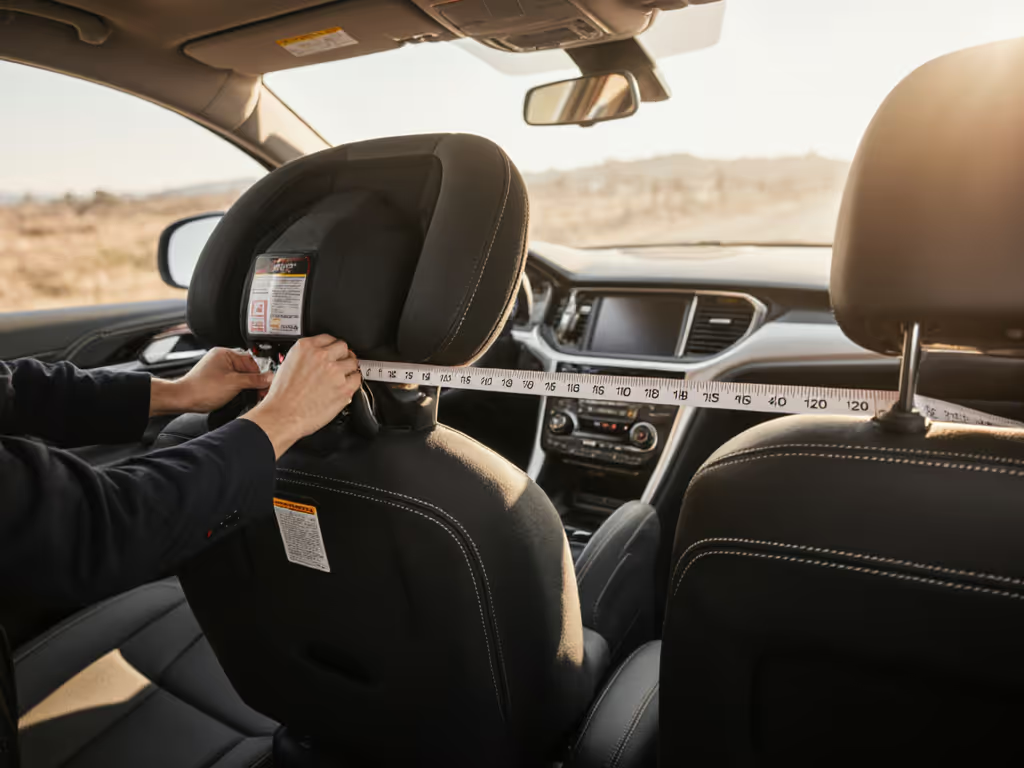
Convertible Car Seat Timing: Height Over Weight Guide
Use height-based metrics - the 1-inch headroom rule, harness slot alignment, and shell depth - to decide when to move from an infant seat to a convertible, not weight alone. Measure monthly and account for vehicle geometry to extend rear-facing safely and avoid premature, costly switches.
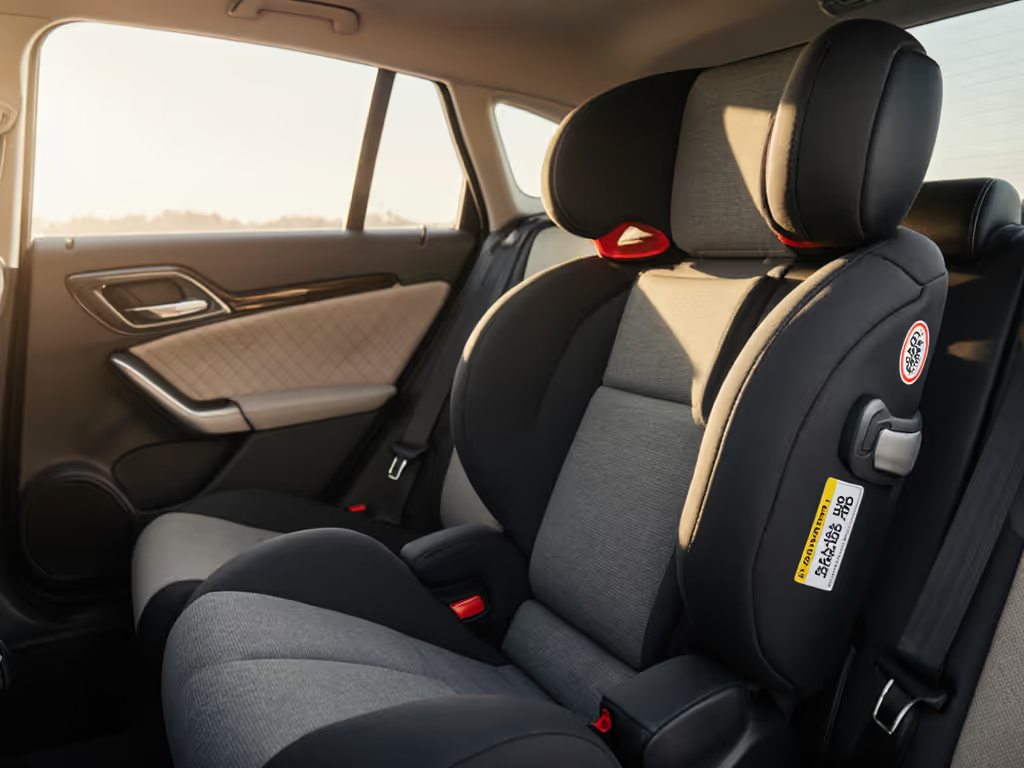
Car Seat Expiration Date: How Long Do Car Seats Last
Learn why car seats expire and how long they last (often 6–10 years by construction), then use three checkpoints to confirm your seat’s date. Apply it to plan safe hand-me-downs, avoid expired materials, and retire seats correctly.
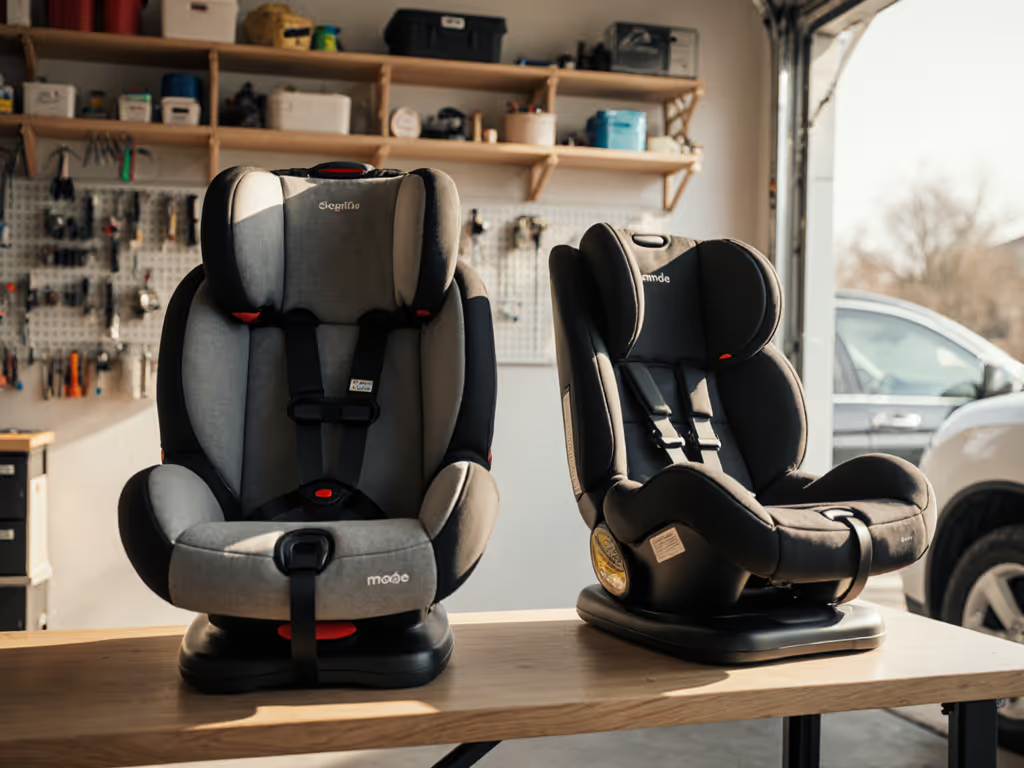
Convertible Car Seat vs Infant: Built-In Long-Term Value
Understand the real trade-offs between infant and convertible car seats and why convertibles often deliver better long-term comfort, simplicity, and value. Get evidence-based comparison points and a three-step fit check to choose with confidence.
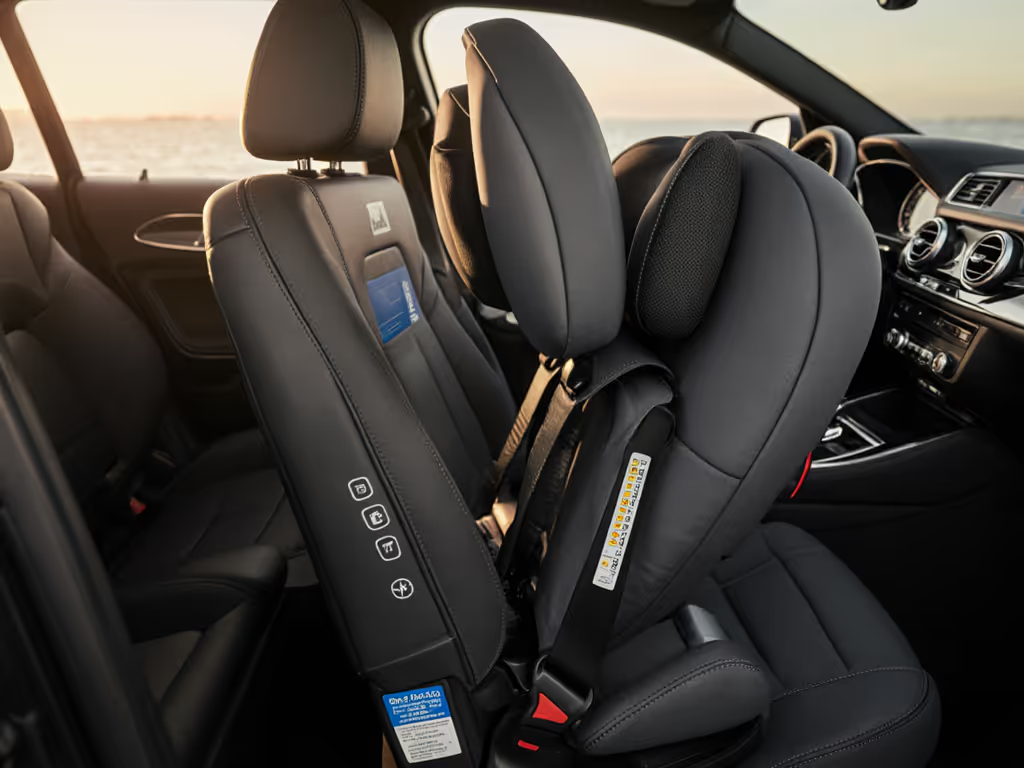
Convertible Car Seat Longevity: Why Height Limits Beat Weight
Prioritize harness height, shell depth, and seat geometry - not weight limits - to ensure a convertible seat truly fits as children grow. Use measurement thresholds and vehicle-fit checks to pick a seat that keeps kids rear-facing longer and avoids premature upgrades and extra cost.
